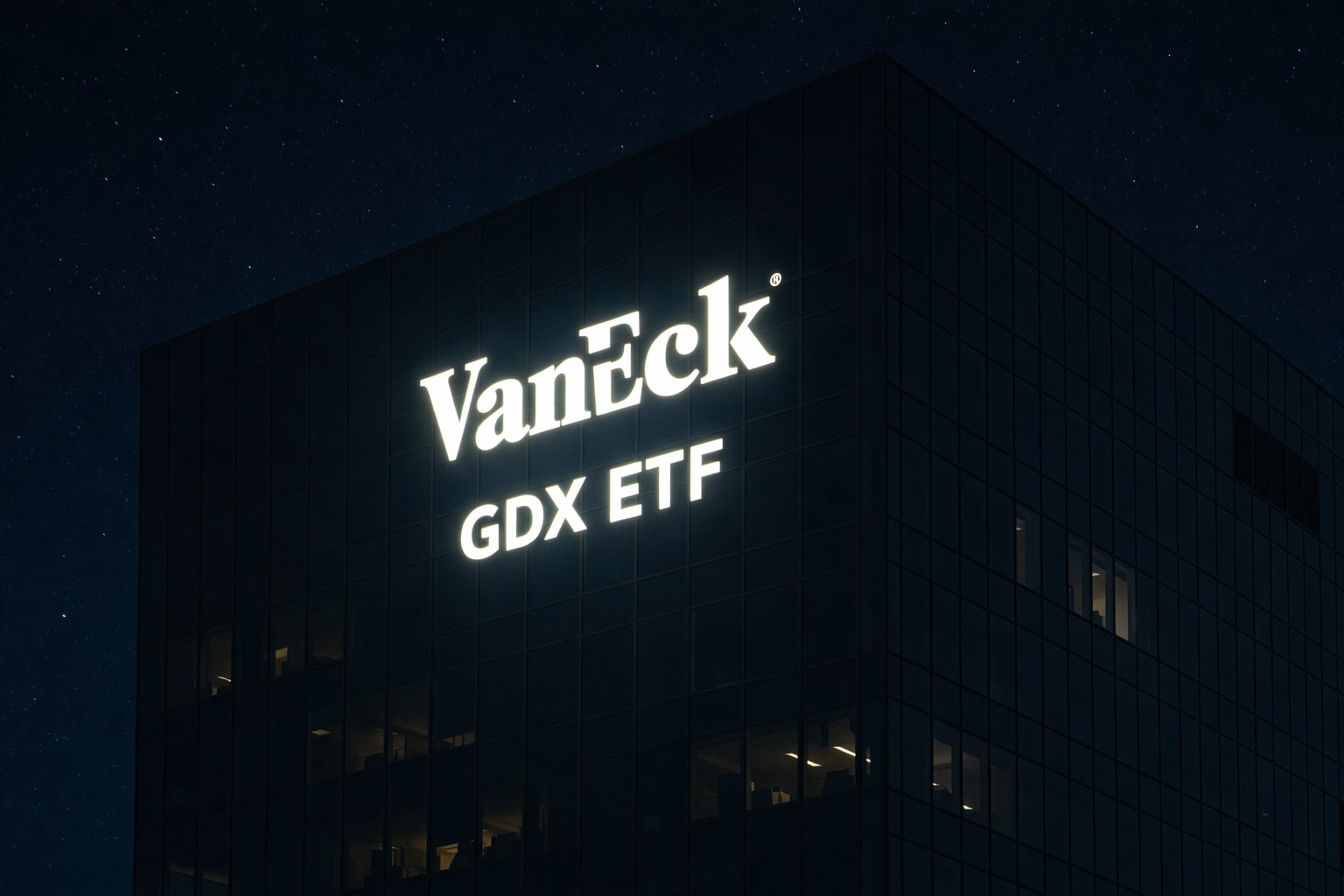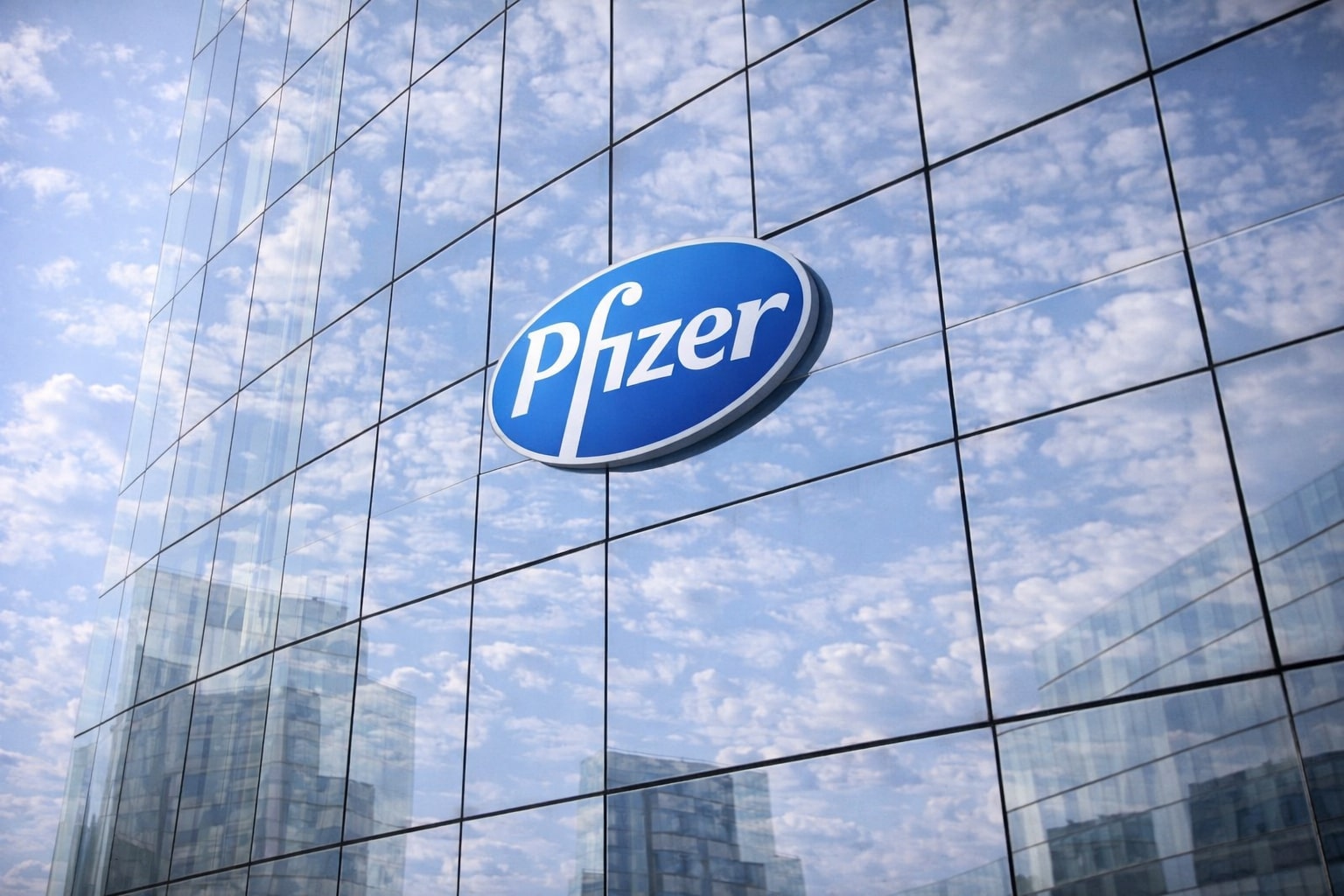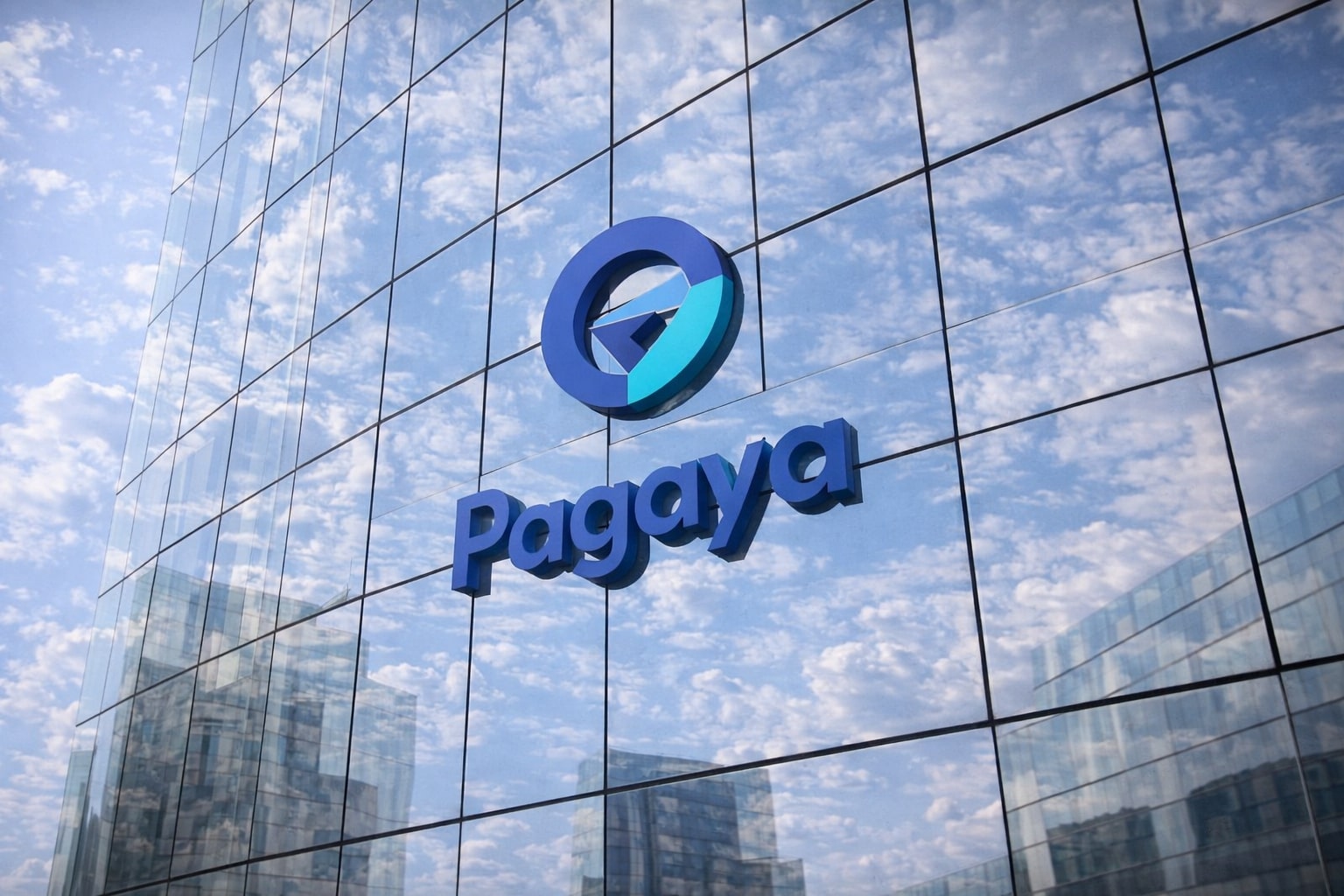
NIO Stock Price Forecast – Can EV Deliveries Drive Recovery Despite Heavy Losses?
NIO’s $13.7B market cap faces -35% margins, $29B debt, and record deliveries. Onvo and Firefly expansion fuel growth, but cash burn raises dilution risk | That's TradingNEWS
NIO (NYSE:NIO) Stock Analysis – Deliveries Surge, Margins Improve, But Heavy Losses Persist
NIO Stock Performance and Market Context
NIO (NYSE:NIO) closed at $5.95, down 2.94% on September 5, with after-hours trading slipping further to $5.92. The stock has ranged between $3.02 and $7.71 over the past year and carries a market capitalization of $13.77 billion. Year-to-date, NIO has advanced nearly 36%, outpacing the Hang Seng Index’s 26.7% return, though the stock remains far below its 2021 highs when it traded above $60. Average daily volume is heavy at over 65 million shares, reflecting its status as one of the most actively traded Chinese EV names in the U.S.
Earnings and Financial Metrics
For Q2 2025, NIO reported revenue of ¥19.0 billion ($2.66 billion), a 9% increase year-over-year, missing consensus by about $103 million. Adjusted EPS came in at -¥1.85, beating expectations by ¥0.35, though losses remain significant. Net loss narrowed to ¥4.12 billion ($697 million), 26% lower than the prior quarter. Operating losses were ¥4.9 billion ($685 million), down 23.5% sequentially, reflecting early benefits from cost-cutting. Gross margin stood at 10.3%, a modest improvement of 0.1 percentage points, but well behind rivals like Li Auto (19.4%) and XPeng (14.3%).
On a trailing twelve-month basis, NIO generated revenue of ¥69.4 billion ($9.6 billion), with a staggering -35% profit margin and -175% return on equity, highlighting the pressure from high leverage. Total cash reserves were ¥17.8 billion ($2.4 billion USD), but total debt reached ¥29.1 billion, driving a debt-to-equity ratio of 439%. This leverage underscores refinancing and dilution risks if losses persist.
Delivery Momentum and Brand Expansion
Vehicle deliveries remain the company’s brightest spot. NIO delivered 72,056 EVs in Q2 2025, up 25.6% year-over-year. Momentum accelerated in July and August, with 21,017 and 31,305 units, respectively, marking a record month and a 55% YoY gain in August. Growth is being driven by new sub-brands. The Onvo L90 SUV, targeting family buyers, launched in July and already contributed over 16,000 deliveries in August, a 175% month-over-month surge, making up 53% of NIO’s monthly output. The budget-friendly Firefly compact EV added 4,346 units in August, up 83.7% MoM, with early traction in Europe following its April launch.
Meanwhile, the core NIO premium line delivered 10,525 vehicles in August, reflecting brand resilience despite rising competition. Management guided Q3 deliveries between 87,000 and 91,000 units, implying growth of 41% to 47% YoY. CEO William Li has set an ambitious goal of 50,000 units per month in Q4, a milestone that could push annual deliveries close to 400,000, but one that also carries execution risk.
Read More
-
GDX ETF at $88 While Gold Tests $4,400: Are Gold Miners Poised for $100?
19.12.2025 · TradingNEWS ArchiveStocks
-
XRP ETF Boom: XRPI at $10.94 and XRPR at $15.49 as XRP-USD Clings to the $1.80–$1.90 Zone
19.12.2025 · TradingNEWS ArchiveCrypto
-
Natural Gas Price Forecast: NG=F Hovering Near $3.92 As Weather, LNG And Storage Collide
19.12.2025 · TradingNEWS ArchiveCommodities
-
USD/JPY Price Forecast - Dollar to Yen Near 157 as BoJ’s 0.75% Rate Hike Backfires on the Yen
19.12.2025 · TradingNEWS ArchiveForex
Chinese EV Sector Shifts and Consumer Dynamics
The Chinese EV market, projected to reach 20 million units in 2025, is undergoing a transition. The government cracked down on price wars in mid-2025, limiting BYD’s aggressive discounting strategy and creating room for premium brands like NIO. BYD’s volume guidance was cut from 5.5 million to 4.6 million, signaling cooling momentum, while Tesla’s deliveries in China fell to 384,000 in Q2, down from 495,000 in Q4 2024.
Consumer confidence in China, battered by real estate stress, remains fragile, but premium EV buyers are less price-sensitive. This environment favors NIO’s diversified lineup spanning luxury (NIO), family (Onvo), and entry-level (Firefly). Expansion into Europe with Firefly could further diversify revenue, especially as EU regulators weigh tariffs on Chinese EVs, a risk that could disproportionately hurt low-margin competitors.
Valuation and Institutional Positioning
At $5.95, NIO trades at just 0.91x forward revenue, well below XPeng’s 1.23x and Tesla’s elevated 11.2x. By historical standards, a re-rating toward NIO’s prior 1.3x P/S multiple would imply fair value near $9.40 per share, a 58% upside from current levels. Analysts’ one-year price targets range between $3.00 and $9.01, with a consensus of $6.25, barely above current trading. Institutional ownership remains low at 9.16%, compared with Tesla’s near 50%, limiting foreign investor support but leaving room for inflows if profitability improves.
Insider Activity and Stock Profile
Ownership data shows 2.5% insider holdings and heavy short interest at 11.9% of float, equal to nearly 195 million shares shorted as of mid-August. Monitoring insider transactions is critical as dilution risk remains high due to persistent cash burn. For detailed tracking of insider activity, investors can follow NIO’s insider transaction records or review the stock profile for institutional positioning and governance shifts.
Profitability Challenges and Strategic Inflection Point
Despite delivery momentum, NIO’s operating structure remains fragile. Vehicle margins improved slightly, but high fixed costs and expansion spending weigh heavily. CFO Stanley Yu Qu highlighted that “cost reduction and efficiency improvements are yielding results,” yet operating losses above $600 million per quarter remain unsustainable long term. Return on assets is -13.8%, and book value per share is negative (-0.54), underscoring balance sheet strain. Unless margins move meaningfully toward Li Auto’s 19% levels, valuation gains may remain capped.
Outlook and Investment View
Analysts project NIO’s revenue to grow 36% in 2025 to ¥89.3 billion ($12.3 billion USD) and another 40% in 2026 to ¥124.7 billion ($17.2 billion USD). Losses are expected to narrow from -¥7.44 per share in 2025 to -¥5.07 in 2026, though profitability remains elusive. Catalysts include scaling of Onvo and Firefly, European expansion, and narrowing operating losses. Risks include missing the 50,000 monthly delivery target, potential dilution, and external shocks such as tariffs or slower consumer recovery.
At under $6, NIO trades like a distressed growth play but offers asymmetric upside if execution aligns with forecasts. While losses are steep, delivery momentum is undeniable, and the valuation gap with peers leaves room for re-rating. Based on current data, NIO remains a speculative Buy for high-risk investors targeting exposure to China’s premium EV space, with potential upside toward $9 if growth holds, but downside risk toward $3 if cash burn accelerates and deliveries stumble.


















